Introduction:
Cervical spondylosis, also known as degenerative disc disease, is a common condition that affects the cervical spine. It is characterized by the degeneration of the discs and joints in the neck, leading to pain, stiffness, and limited mobility. In this article, we will delve into the various causes of cervical spondylosis, shedding light on the factors that contribute to its development. By understanding these causes, we can take proactive steps to prevent or manage this condition effectively.
Age-related Degeneration
Natural Wear and Tear
As we age, the discs and joints in our cervical spine undergo natural wear and tear. Over time, the protective discs between the vertebrae lose their elasticity and water content, resulting in reduced shock absorption and flexibility. This process, known as disc degeneration, is one of the primary causes of cervical spondylosis.
Osteoarthritis
Another age-related factor contributing to cervical spondylosis is osteoarthritis. This condition occurs when the protective cartilage that cushions the joints deteriorates, leading to joint inflammation and stiffness. In the cervical spine, osteoarthritis can cause the formation of bone spurs, which further exacerbate the symptoms of cervical spondylosis.
Lifestyle Factors
Sedentary Lifestyle
A sedentary lifestyle characterized by prolonged sitting and lack of physical activity can contribute to the development of cervical spondylosis. Inactivity weakens the muscles that support the neck and spine, leading to increased pressure on the cervical discs.
Poor Posture
Maintaining poor posture for extended periods places excessive strain on the cervical spine. Slouching, hunching over electronic devices, or sitting in awkward positions can accelerate the degeneration of the discs and increase the risk of developing cervical spondylosis.
Injury and Trauma
Accidents and Whiplash
Traumatic events such as car accidents or falls can result in sudden and forceful movements of the neck, causing damage to the cervical spine. Whiplash, a common neck injury caused by a sudden jerking motion, can lead to the acceleration of cervical spondylosis symptoms.
Repetitive Strain
Engaging in repetitive activities that strain the neck, such as lifting heavy objects or repeatedly bending the neck forward, can contribute to the development of cervical spondylosis. These repetitive motions put undue stress on the cervical discs and joints, leading to their degeneration over time.
Genetic Factors
Family History
Research suggests that there may be a genetic component to the development of cervical spondylosis. If you have a family history of this condition, you may be more prone to experiencing its symptoms. Genetic factors can influence the integrity of the cervical discs and joints, making them more susceptible to degeneration.
Inherited Conditions
Certain inherited conditions, such as congenital spinal abnormalities or connective tissue disorders, can increase the likelihood of developing cervical spondylosis. These conditions affect the structural integrity of the cervical spine, making it more vulnerable to degeneration.
Conclusion:
Cervical spondylosis is a multifaceted condition influenced by various factors. Age-related degeneration, lifestyle factors, injury and trauma, as well as genetic predisposition, all play a role in its development. By understanding these causes, we can make informed choices to mitigate the risk or manage the symptoms effectively. Maintaining an active lifestyle, practicing good posture, and seeking medical attention for injuries can help prevent or alleviate the effects of cervical spondylosis.



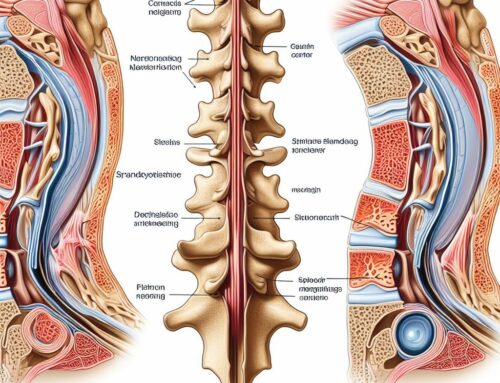
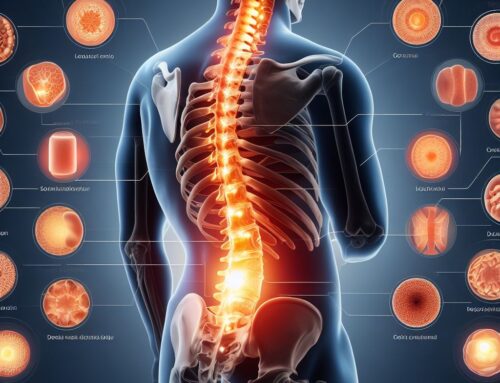
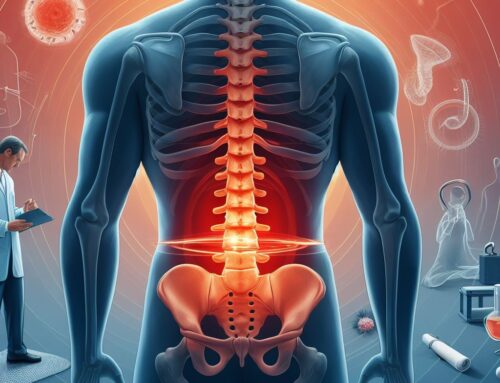
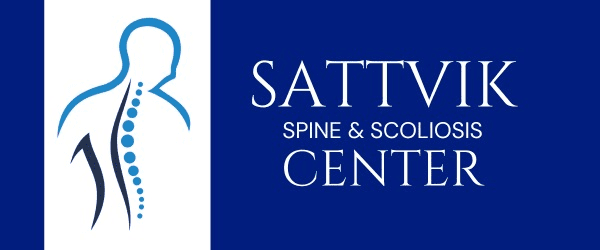



Get Social